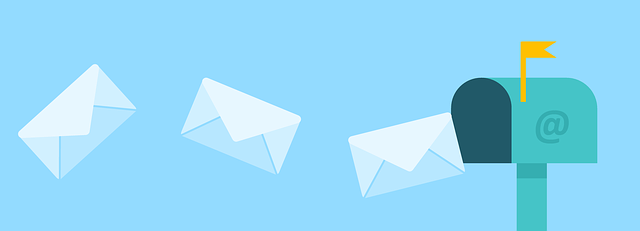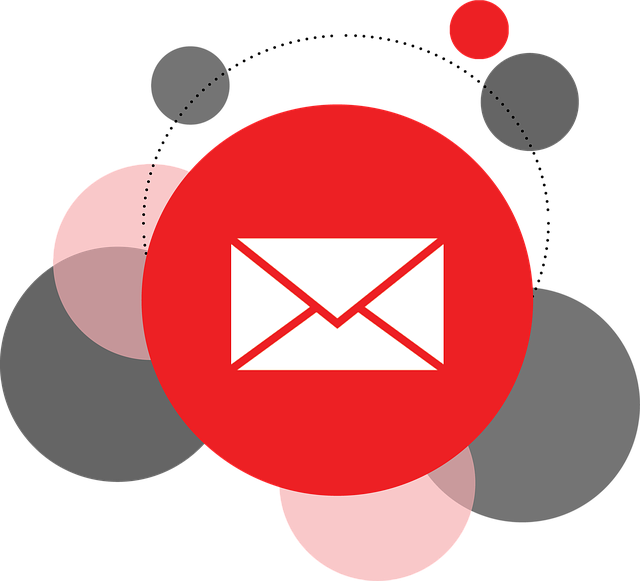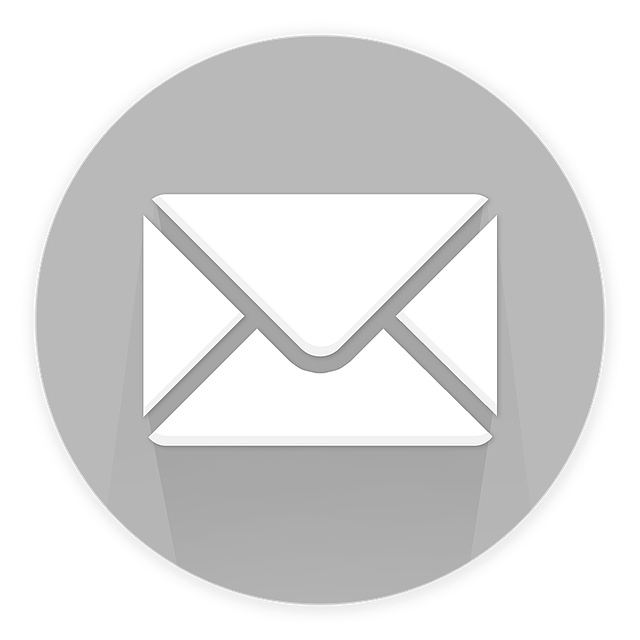In the world of email marketing, the adage ‘knowledge is power’ holds true. With countless approaches and techniques to choose from, it can be overwhelming to determine the most effective strategies for your business.
That’s why in this article, we will delve into email marketing case studies to compare different approaches and techniques. By analyzing real-world examples, you will gain valuable insights into what works and what doesn’t.
Targeted audience segmentation plays a crucial role in email marketing success, allowing you to send personalized and relevant content to specific groups. Effective subject lines and email copywriting are essential in capturing your audience’s attention and driving engagement. A/B testing and optimization enable you to continuously improve your campaigns based on data-driven insights. Automation and drip campaigns streamline your efforts, ensuring timely and consistent communication. Mobile optimization is a must, as more and more people access emails on their smartphones. Finally, tracking and analytics provide valuable metrics to measure and refine your email marketing strategies.
So, let’s dive into these case studies and discover the best approaches and techniques to elevate your email marketing game.
Key Takeaways
- Targeted audience segmentation is crucial for personalized and relevant content.
- Effective subject lines and email copywriting drive engagement.
- A/B testing and optimization improve email performance.
- Mobile optimization is crucial as the majority access emails on smartphones.
Targeted Audience Segmentation
Want to boost the effectiveness of your email marketing campaigns? Learn the power of targeted audience segmentation and watch your open rates soar!
Through targeted audience analysis, you can divide your email list into different segments based on demographics, interests, and behavior. This allows you to send personalized content that speaks directly to each segment, increasing the chances of engagement and conversion.
According to a study by MailChimp, segmented campaigns have a 14.37% higher open rate than non-segmented campaigns. By tailoring your content to specific audience segments, you can deliver relevant messages that resonate with your subscribers, making them more likely to open and interact with your emails.
Now that you understand the importance of targeted audience segmentation, let’s dive into the next section about effective subject lines and email copywriting.
Effective Subject Lines and Email Copywriting
Yearning to captivate your audience from the very first word? Craft subject lines and email copy that ignite a fire in their hearts.
Effective subject lines and email copywriting are essential for grabbing the attention of your subscribers and encouraging them to open your emails. To create engaging content, personalize your subject lines by including the recipient’s name or referencing their recent activity. This personalization technique can significantly increase open rates and click-through rates.
Additionally, focus on writing compelling email copy that is concise, persuasive, and data-driven. Use strong, action-oriented language that prompts your audience to take action. Incorporate storytelling elements and emotional appeals to create a connection with your readers.
By mastering the art of subject lines and email copywriting, you’ll be able to create impactful emails that resonate with your audience. Ready for the next step? Let’s dive into a/b testing and optimization to fine-tune your email marketing strategy.
A/B Testing and Optimization
Ready to boost your email performance? Dive into A/B testing and optimization to optimize your strategy and drive better results.
A/B testing best practices involve creating two versions of your email and sending them to a small sample of your audience. By comparing the performance of each version, you can identify which elements resonate better with your subscribers.
Test different subject lines, email copy, call-to-actions, and even sender names to see what works best. Use data-driven insights to make informed decisions on what to optimize.
Once you have identified the winning version, send it to the rest of your audience for maximum impact.
A/B testing and optimization are essential for improving your email performance and driving better results.
Now, let’s move on to automation and drip campaigns to take your email marketing to the next level.
Automation and Drip Campaigns
Are you looking to streamline your email marketing efforts and increase customer engagement?
One effective strategy is setting up automated email sequences, which allows you to send targeted messages at the right time to nurture leads and drive conversions.
Additionally, using drip campaigns can help you build relationships with your audience by delivering a series of relevant and personalized emails over time.
By implementing these tactics, you can optimize your email marketing strategy and achieve better results.
Setting up Automated Email Sequences
Implementing automated email sequences involves strategically crafting a series of messages that leverage customer data to deliver personalized content and drive engagement. By utilizing email personalization techniques, such as dynamically inserting the recipient’s name or tailoring the content based on their past interactions, you can create a more relevant and engaging experience for your subscribers.
This level of personalization not only increases the chances of your emails being opened and read but also enhances email deliverability, as personalized emails tend to have higher engagement rates.
Furthermore, automated email sequences enable you to nurture leads by sending them targeted messages at the right time, based on their behavior and preferences. This approach helps build trust, establish credibility, and ultimately guide leads through the customer journey towards conversion.
As you move into nurturing leads with drip campaigns, you can continue to build upon the foundation set by your automated email sequences, ensuring a seamless and effective email marketing strategy.
Nurturing Leads with Drip Campaigns
Take a journey down a flowing river of tailored messages, gently guiding your leads towards conversion, as you explore the art of nurturing with drip campaigns.
Lead nurturing techniques are essential in maintaining a strong relationship with your potential customers. With drip campaigns, you can provide personalized communication that resonates with each lead, delivering valuable content at the right time. By segmenting your audience and sending targeted messages, you can address their specific pain points and offer relevant solutions. This personalized approach increases engagement and builds trust, ultimately leading to higher conversion rates.
However, it’s important to analyze data and track the performance of your drip campaigns to optimize their effectiveness. As you delve into the realm of mobile optimization, you’ll discover new strategies to enhance your email marketing efforts and maximize results.
Mobile Optimization
When it comes to email marketing, designing emails for mobile devices is crucial. With the majority of people accessing their emails on their mobile phones, it’s essential to ensure that your emails are optimized for mobile viewing.
This means creating responsive email templates that adapt to different screen sizes and resolutions. By doing so, you can provide a seamless and user-friendly experience for your mobile audience, leading to higher engagement and conversion rates.
Designing Emails for Mobile Devices
Crafting emails that are mobile-friendly is essential for reaching a wider audience and maximizing engagement. To ensure your emails are optimized for mobile devices, it’s crucial to follow mobile email design best practices.
Start by using a responsive email template that automatically adapts to different screen sizes. Keep your design simple and clutter-free, with clear and concise content that’s easy to read on smaller screens. Use a single column layout to ensure that your email displays properly on mobile devices.
Additionally, optimize images for mobile emails by using compressed file formats and resizing them to fit smaller screens. By implementing these design techniques, you can create emails that are visually appealing and easy to navigate on mobile devices.
Ensuring responsive email templates is the next step in creating a seamless mobile email experience for your audience.
Ensuring Responsive Email Templates
Implementing responsive email templates is like having a flexible canvas that effortlessly adjusts its design to fit any screen size, ensuring a seamless and visually captivating experience for your mobile audience.
With responsive design techniques, you can overcome email rendering issues that often occur on mobile devices. By using fluid layouts, scalable images, and media queries, you can ensure that your emails adapt to the dimensions of any screen, providing a consistent and optimized viewing experience.
Additionally, responsive templates allow you to prioritize content, ensuring that the most important information is prominently displayed on smaller screens. This not only improves user experience but also increases the chances of your emails being read and acted upon.
As you move forward into the subsequent section about tracking and analytics, it’s vital to monitor the performance of your responsive email campaigns to identify areas for improvement and maximize engagement.
Tracking and Analytics
In order to effectively track and analyze the success of your email marketing campaigns, it’s crucial to monitor key metrics such as email open rates and click-through rates.
By keeping a close eye on these metrics, you can gain valuable insights into the engagement levels of your audience and make informed decisions about the effectiveness of your email content and subject lines.
Additionally, analyzing conversion metrics and return on investment (ROI) allows you to measure the actual impact of your email campaigns on driving sales and revenue. This provides you with the data-driven evidence needed to optimize your strategies and achieve better results.
Monitoring Email Open Rates and Click-through Rates
By analyzing email open rates and click-through rates, you can gain valuable insights into the effectiveness of your email campaigns. Monitoring these metrics allows you to understand how well your emails are performing and make data-driven decisions to improve your email marketing strategy.
To visually represent the importance of monitoring email open rates and click-through rates, here is a table showcasing the impact of these metrics on email deliverability and personalization techniques:
| Metric | Impact on Email Deliverability | Impact on Personalization Techniques |
|---|---|---|
| Email Open Rates | Higher open rates improve | Personalized emails have higher |
| email deliverability. | click-through rates. | |
| Click-through Rates | Higher click-through rates | Personalized emails with relevant |
| indicate engaging content. | CTAs drive higher conversions. |
Analyzing conversion metrics and ROI further allows you to optimize your email marketing campaigns for better results. [Sentence transition into the subsequent section about ‘analyzing conversion metrics and ROI’].
Analyzing Conversion Metrics and ROI
To truly understand the impact of your email campaigns, it’s crucial to analyze conversion metrics and ROI. Because as the saying goes, ‘You can’t improve what you don’t measure.’
Conversion tracking allows you to monitor how many recipients took the desired action after opening your email. Whether it’s making a purchase, signing up for a newsletter, or downloading a resource. By tracking these conversions, you can identify which campaigns and strategies are most effective in driving results.
Additionally, email personalization plays a significant role in improving conversion rates. By tailoring your emails to each recipient’s preferences and needs, you can create a more personalized experience that increases engagement and drives conversions.
Utilizing conversion metrics and incorporating email personalization techniques will help you optimize your email campaigns and achieve a higher return on investment.
Frequently Asked Questions
How can I effectively segment my email audience to ensure my messages are reaching the right people?
To effectively segment your email audience and ensure your messages reach the right people, employ segmentation techniques and targeting strategies.
Start by analyzing your subscriber data to identify key demographics, preferences, and behaviors. Utilize this information to create specific segments based on factors like age, location, purchase history, and engagement levels.
Tailor your content and offers to each segment’s interests and needs, maximizing relevancy and engagement. This data-driven approach will help you deliver more personalized and persuasive email campaigns.
What are some best practices for writing subject lines that grab attention and increase open rates?
To write subject lines that grab attention and increase open rates, it’s important to follow some best practices. Here are a few tips:
- Use effective writing techniques and compelling subject line examples.
- Keep your subject lines concise and clear, using action-oriented words and personalization.
- Incorporate numbers, questions, and urgency to create a sense of curiosity and importance.
- Experiment with different subject line strategies, such as using emojis or creating a sense of exclusivity.
- Analyze data to identify what subject lines resonate with your audience and optimize for maximum impact.
By following these best practices, you can improve the effectiveness of your subject lines and increase your open rates.
How can I optimize my email copywriting to engage readers and encourage click-throughs?
To optimize engagement and increase click-throughs, focus on crafting compelling email copy.
Start by grabbing readers’ attention with a suspenseful opening sentence.
Use persuasive language and data-driven insights to convince them to take action.
Highlight the value of your offer and make it easy for readers to click through with clear and compelling CTAs.
Experiment with personalization, segmentation, and A/B testing to continually improve your email copy and drive better results.
What are the key elements to consider when conducting A/B testing for email campaigns, and how can I optimize my results?
To optimize your A/B testing results for email campaigns, start by considering key elements such as subject lines, call-to-action buttons, and email design.
Test different variations of these elements to determine which ones generate higher click-through rates and engagement. Use data-driven insights to make informed decisions and continually refine your approach.
Additionally, segment your audience to tailor your messages and test different strategies for each segment.
By implementing these email testing techniques, you can optimize your email campaign performance and drive better results.
What are some effective strategies for implementing automation and drip campaigns to enhance the effectiveness of my email marketing efforts?
To enhance the effectiveness of your email marketing efforts, consider implementing personalization techniques in your automated email campaigns. Tailoring your messages based on customer preferences and behavior can significantly increase engagement and conversion rates.
Additionally, integrating email marketing automation with customer relationship management (CRM) systems allows you to gather valuable data and insights, enabling you to create more targeted and relevant campaigns.
By leveraging these strategies, you can maximize the impact of your email marketing and drive better results for your business.
Conclusion
Congratulations! You’ve now embarked on a journey through the fascinating realm of email marketing case studies. As you’ve delved into the intricacies of targeted audience segmentation, effective subject lines, and email copywriting, A/B testing and optimization, automation and drip campaigns, mobile optimization, and tracking and analytics, you’ve witnessed the power of these techniques in action.
Just like a compass guiding a lost traveler, email marketing is the beacon that illuminates the path to success for businesses. So, let your email campaigns soar high, reaching new heights and captivating your audience with every click. Embrace the art of email marketing, and watch your business flourish like a blossoming garden.









